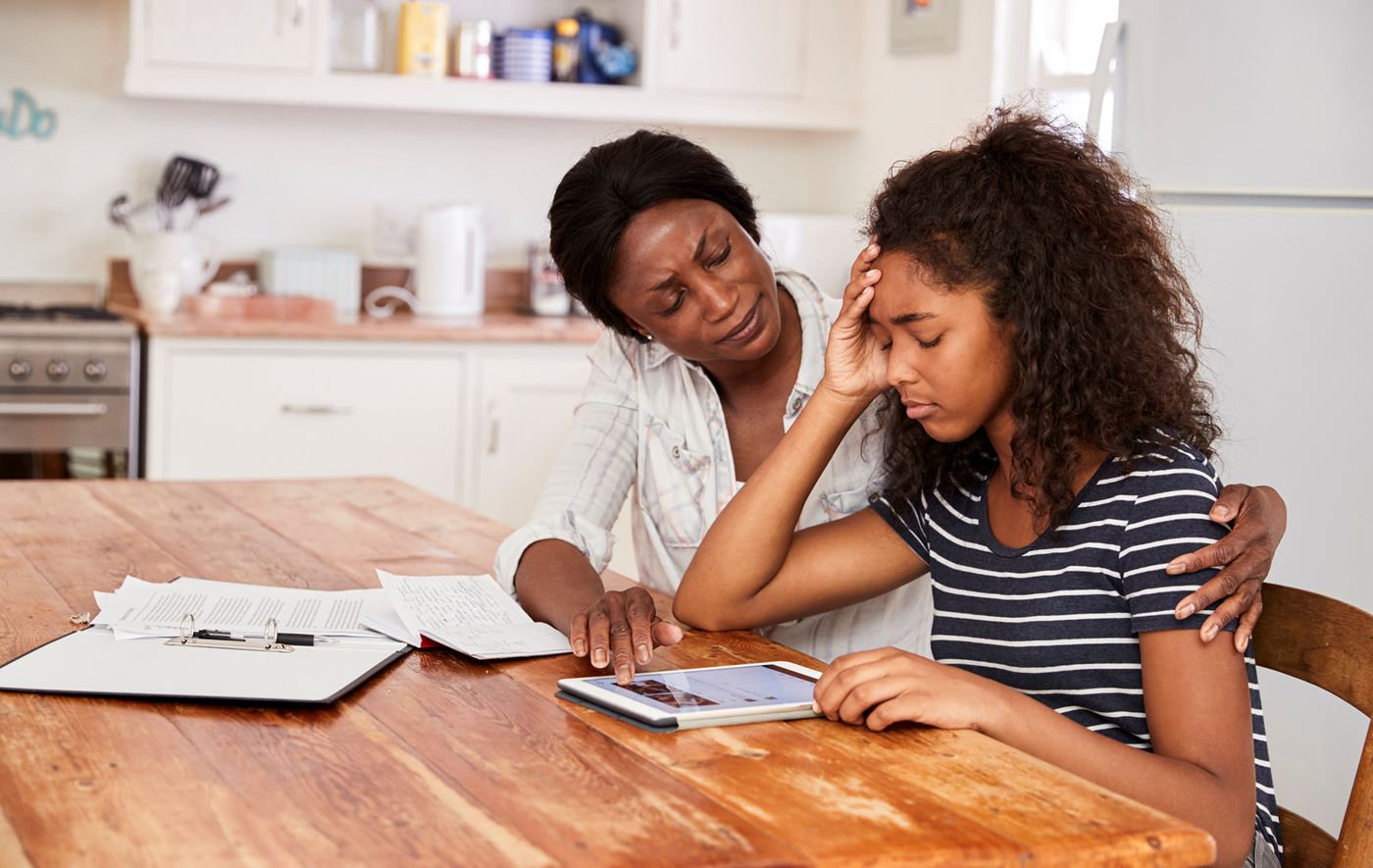In light of the COVID-19 outbreak, we, alongside our students, are experiencing a dramatic shift in our lifestyles. Aside from limiting their movement, social distancing is bringing drastic alterations to students’ schedule, usual support systems and their mental wellbeing.
Distance learning, therefore, is not simply a matter of changing the way we transfer knowledge to our students, but finding ways to bring all aspects of the school experience to their homes.
This is not only necessary for student learning, but also for their physical and mental wellbeing. It is more important than ever as the uncertainty of exams, the lack of social interaction and general anxiety about the pandemic may negatively impact students mental wellbeing.
To address this, we’re suggesting some ways through which schools can work with families to support student wellbeing and learning during these uncertain times.
Adjust expectations of online learning
During normal school days, schedules are set and thought has often already been given to finding balance in the student’s life. Learning at home, however, new schedules and new expectations need to be set to maintain this balance and wellbeing.
In order to keep a similar level of balance in their lifestyle, providing a mixed schedule is important. One with a variety of activities appropriate for home is key for a child’s wellbeing. Here are some ideas:
- Encourage physical activity. While it may be tricky, scheduling time for movement is crucial. There are helpful resources out there to support remote physical education. Maybe try some remote yoga with your class.
- Manage your child’s screen time. Make sure students are not spending too much time in front of the laptop watching you by letting them create posters or film themselves doing activities around the house.
- Take advantage of opportunities to directly address the mental wellbeing of your students. COVID-19 is disrupting students’ lives, whether it’s keeping them from their friends or exacerbating existing obsessive-compulsive disorders. Addressing this directly with your students can alleviate the harmful effects of this disruption.
Look for opportunities to reinvent your curriculum
With social interaction and physical movement limited, students are struggling to find ways to change the monotony of self-quarantine. Finding creative ways to transform your curriculum can not only lead to more impactful distance learning but can also support student’s mental wellbeing. You may want to consider:
- Gamifying your curriculum. Whether it’s through points and badges or through creating quests, gamification can bring life to a remote classroom.
- Flipping your classroom. Have your students spend their time with you practising and asking questions rather than passively receiving information.
- Introducing project-based learning. This can provide a welcome change of pace and will push your students to explore different modes of working and learning.
Find creative ways to assess online learning
Just as learning is multifaceted and social, assessing student’s learning should go beyond traditional examinations. Social interaction is equally important for the student’s learning, as it is for the teacher to assess and provide appropriate feedback for the child. How can you manage this same depth of assessment remotely?
Exploring nontraditional assessments can benefit both student and teacher. For example:
- Offering live video or phone conferencing can maintain some of the human element of typical face-to-face interactions.
- Encouraging students to provide audio or video recordings can ensure that their voices are being heard.
- Using screen captures can allow students to demonstrate skills on their laptop.
- To keep them away from screens, you can ask them to provide pictures of physical work, such as posters or models.
- Peer assessment. Make up for the lack of social interaction in the students’ lives by encouraging peer feedback. This simultaneously improves learning and is critical to student wellbeing.
- You can also take advantage of the fact that they are home and have them include their family members as well. This could be as simple as a video of them explaining a concept to their older sibling.
Lastly, it’s about you and your students as people
While it is important to understand and work on the mechanics of teaching remotely during this time, it is equally important to remember that you and your students are human. This means:
- Firstly that learning is inherently social. Keep things personal. Finding opportunities for person-to-person interaction can go a long way.
- Secondly, while this is a tumultuous time and new measures need to be taken, keep an eye on how much you and your students can take on at one time. Be strategic about what new things you want to try.
- Thirdly, don’t be afraid to encourage virtual collaboration among students. Peer support can not only help with learning, but can also go a long way to support student wellbeing.
Want to find more useful resources for managing school closures? We have recently created a dedicated page for supporting schools impacted by COVID-19, which includes information on our upcoming webinars on best distance learning practices.

